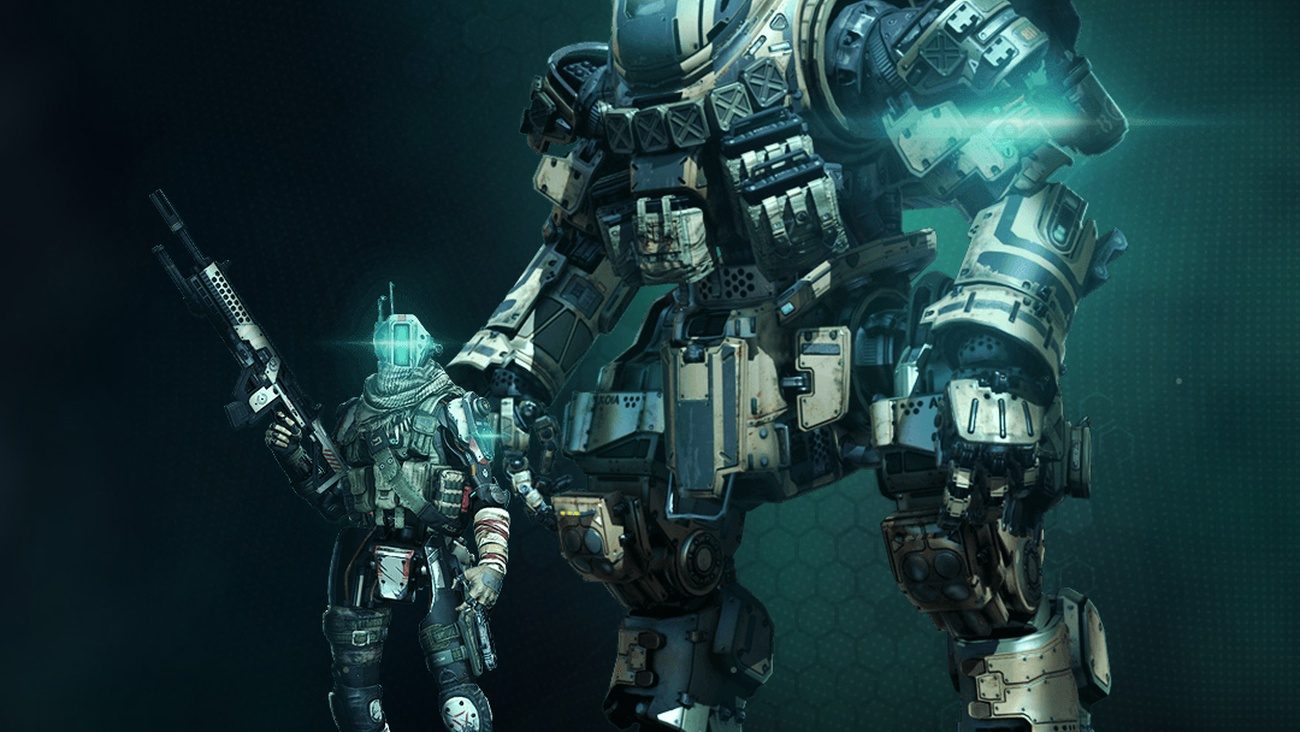Titanfall 2: Inside Development: Matchmaking


Hi! I’m Mike Kalas from the Respawn team, and I’m here to shed some light on what changes we’ve made to our matchmaking since the original Titanfall.
Lessons from Titanfall 1
The first Titanfall uses a pretty straightforward matchmaking system where we try to put players into a match or start a new match if there were no good spots to put them. By showing the teams being formed in the lobby, the process can appear chaotic and encourages players to back out and search again, which adds to the visual confusion. As well, when faced with matchmaking larger parties, solo players can be left wondering why the lobby is showing, for example, a 4v1. Matchmaking fills the teams before proceeding, but that’s not always apparent to the solo player. We wanted to show a lively matchmaker, so you know it’s working. But, as matchmaking thinks, it can show some chaotic states of mind.
While we did merge servers together to try to keep games full, what we found was that as the night went on and lots of players left, we had a bunch of servers that weren’t quite full, but we couldn’t always merge them together. The slots open weren’t low enough to merge with another server. We found lots of 4 or 5 player teams with only 1 or 2 free slots per team. Once it dropped to half full, we could merge, but we had a lot of games hanging on above the halfway mark. This was more prominent during a regions’ evenings. As players naturally leave for dinner, bed, or similar, there isn’t an equal number of players coming online to inject for the slots being freed.
After each round, we updated players’ skill. Skill slides around more than many people realize, as you have hot nights and tired nights and hand the controller to your friend to play. Once everyone’s skill was updated, we often wished we could move them out of that match into a different one. Since we kept players in the same match until they left, we were stuck with old decisions that we knew were no longer good, but we could only fix it when a player backed out and searched again. We wanted to just automate that process for them, so it wasn’t on the player to have to do something to improve their situation.
We also found that skill took longer than we liked to adjust at the beginning, because it was win/loss based. So if you were at the bottom of the scoreboard on the winning team, we may bump your skill up, and if you were at the top of the scoreboard for the losing team, we may bump your skill down. This worked itself out after enough matches, but early on it added bad data that slowed down how fast we calculated your proper skill. So even if you backed out and searched again, it still took us too long from your first match to get you something challenging.
Finally, as many people know, selling DLC map packs creates a very complex matchmaking scenario where we have a lot of players with different map combinations that make it hard to get good results because of it.
Titanfall 2’s New Matchmaker
So we decided to build a new matchmaking system for Titanfall 2 one that would address these issues that were haunting us at night. We made some early decisions:
- We decided we needed the ability to find a new match for any player after every match.
- When you now have 100% of your playerbase entering matchmaking after every match, we could now create matches much more quickly than before. That would also let us make sure those matches are interesting matches for everyone getting stuck in a bad match won’t continue on. We can also make sure that these matches are full much more often.
- When it’s fast to make matches, it doesn’t make sense to make players sit and watch teams being formed around them anymore. You’ll be hanging out in your active Network instead, prepping for the next match.
- We decided not to sell maps, so we could have the fastest and best quality matchmaking possible. On Titanfall 2, all of the maps will be free.
After every match, you’ll drop into your Network (we’ll talk about that soon), be able to change loadouts at any time, review your match performance and stats, and get ready for the next game. The flow is still similar to our last game, but the mechanisms behind the scenes are completely rearchitected.
But I didn’t just embark on a rewrite on a dream we’d have a better and more flexible matchmaker. Early on, as part of supporting the first Titanfall, we captured and analyzed a lot of matchmaking times, skill adjustments, and match results. We found and deployed quite a few changes from studying that data. For Titanfall 2, I wrote a simulator I could feed Titanfall 1’s matchmaking data. This simulator takes players entering and exiting matchmaking at the rate they would in Titanfall 1. Those players would be simulated as searching for matches, being matchmade, sent off to simulated matches, coming back from a match, and reentering matchmaking. I found that matches formed much more quickly, with better skill groupings, and with games that were full much more of the time. The quality of the matches and the speed of matchmaking were better across the board. Even in lowpopulation playlists and at low times of day, it was always better than our old matchmaker.
As for the skill system, it’s similar to what we had before. Only now we aren’t just using wins and losses to determine your skill level in Titanfall 2, we’re looking at your overall contribution to the match. This will allow us to better place you with similar players and give you more challenging matches. From your very first match, we now figure out your skill bracket much more quickly and pivot you into matches we think you’ll enjoy.
With our upcoming Tech Test, we are looking to not only test the strength of our servers, but also prove that our matchmaking system can do what it should be from our initial tests. So please, join in, play as many games as you can, and let us know what you think!
Mike ‘Thezilch’ Kalas
Server Engineer

